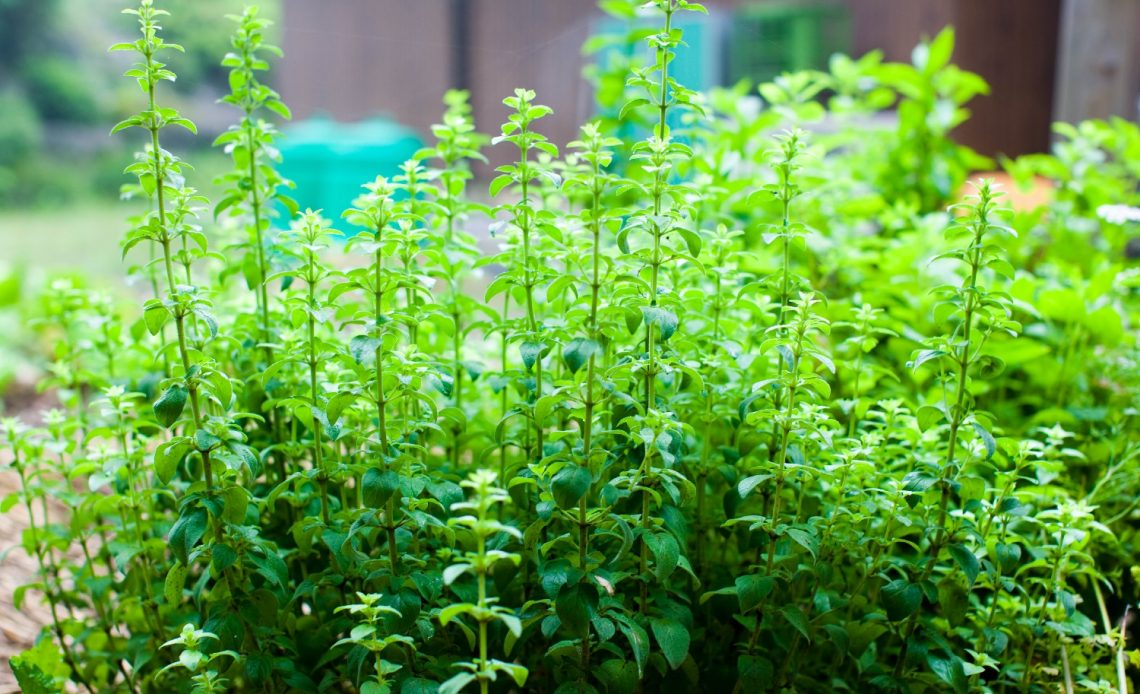

We’re here to help! Wild Yards is a completely free website that is 100% dedicated to helping you create a wildlife-friendly, sustainable yard. Read more
WildYards is reader-supported. When you buy a product through a link on our site, we may earn a comission. Every product is independently selected by our (obsessive) editors and our reviews are unbiased and objective. Read more about our mission or our privacy policy.
Oregano is a fragrant, savory herb perfect for avid gardeners who are just as interested in cooking. This plant grows well in potted herb gardens as well as backyard vegetable patches and works well as a companion plant because its pungent essential oils repel common garden pests. But which oregano companion plants should you grow with it to maximize garden space and improve crop yields?
Oregano companion plants like grapes, melons, and cucumbers benefit from oregano’s ability to repel the insects that feed on them. Other companions, like lavender and rosemary, share oregano’s growing requirements. Tomatoes, strawberries, and pepper plants enjoy improved performance thanks to oregano’s ability to attract pollinators.
What are the best oregano companion plants for your garden?
Oregano is a hardy plant that thrives in hot conditions but it can grow well in cooler temperatures as well. Because it’s highly adaptable, oregano enjoys growing in alkaline to acidic soil, as long as it’s loamy and well-draining. When planted where it can receive 6 or more hours of sunlight a day, oregano can grow up to 18 inches tall.
Oregano is a ground cover so it acts as a living mulch to lock moisture into the soil. And while it repels damaging insects, when oregano blooms, it provides bees, beetles, and parasitic wasps with a valuable source of nectar while also encouraging them to pollinate neighboring fruits and vegetables. Oregano is particularly beneficial to the following plants.
Strawberries
Strawberry plants perform best when planted in neutral to slightly acidic soil. Because this plant doesn’t require a lot of water, it makes an excellent oregano companion. Oregano planted at the base of your strawberry plants will help prevent moisture loss, without making the soil overly soggy. And because oregano tops out at 18 inches, it will never overtake the strawberry plants.
Oregano’s strong scent helps repel the slugs, nymphs, and fruit flies that feed on strawberries. Deer and rabbits who also enjoy nibbling on strawberry plants and fruits will avoid them if oregano is grown nearby because they can’t stand the smell. Strawberries also benefit from the boost in nitrogen that oregano plants provide.
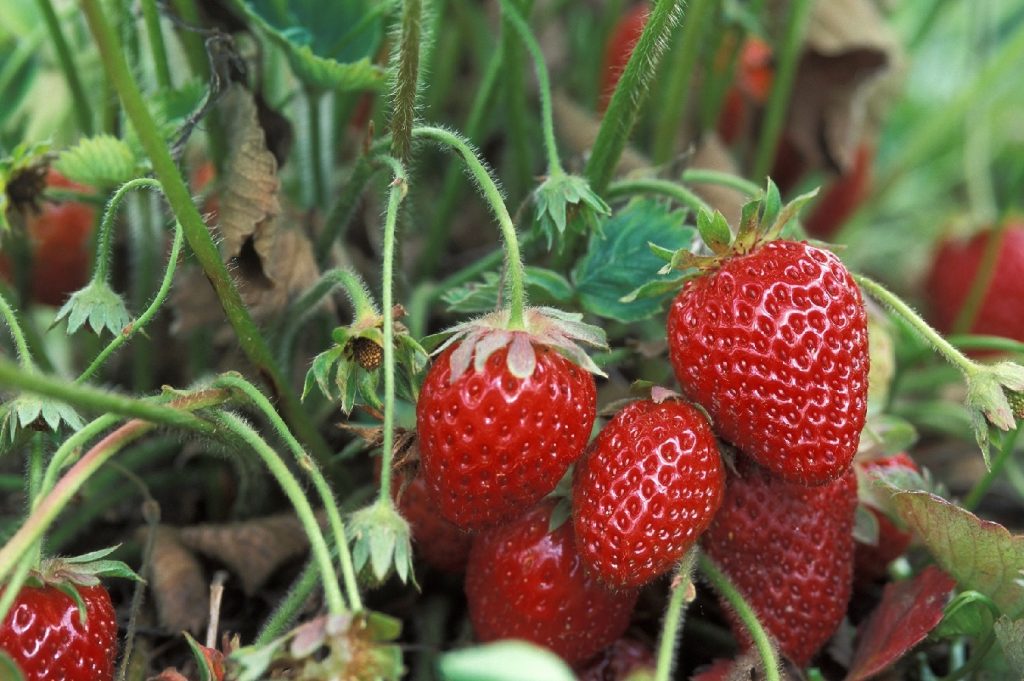
Rosemary
If you’re looking for herbs that can be used as oregano companion plants, try rosemary. This hardy shrub’s fragrance repels rabbits, deer, and other wildlife who hate the way the foliage tastes. Insects, too, dislike rosemary because its needle-like leaves are full of essential oils that smell strongly.
Because rosemary has the same growing requirements, it can be grown alongside oregano safely. Alternate oregano and rosemary plants in between plants that are susceptible to insect infestations to keep the bugs at bay.
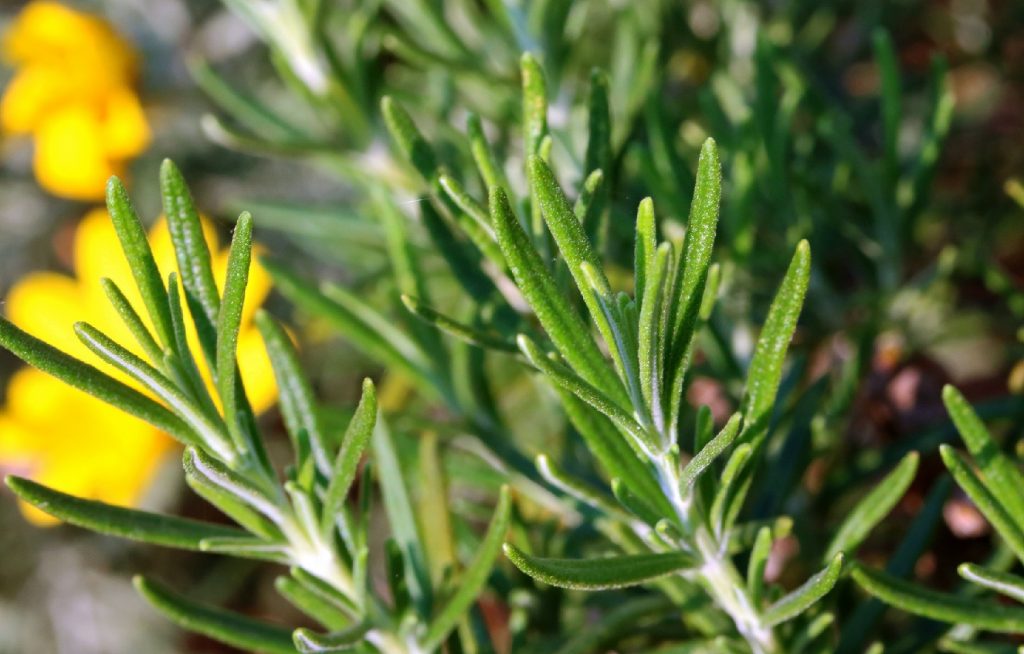
Asparagus
Asparagus seeds can take up to 3 years to germinate. It’s a waiting game with these vegetables, so the last thing you want is to see them fall prey to nematodes and other bugs when they finally do sprout up from the ground. Growing oregano with your asparagus will help keep them safe from damaging insect infestations.
During the height of the growing season, asparagus plants can grow up to 2 inches a day. And they can grow to be 5 feet tall. You certainly want to keep your oregano plants trimmed back to prevent your asparagus seedlings from being overtaken by them. But once your asparagus plants take off, your oregano will have no chance of smothering them.
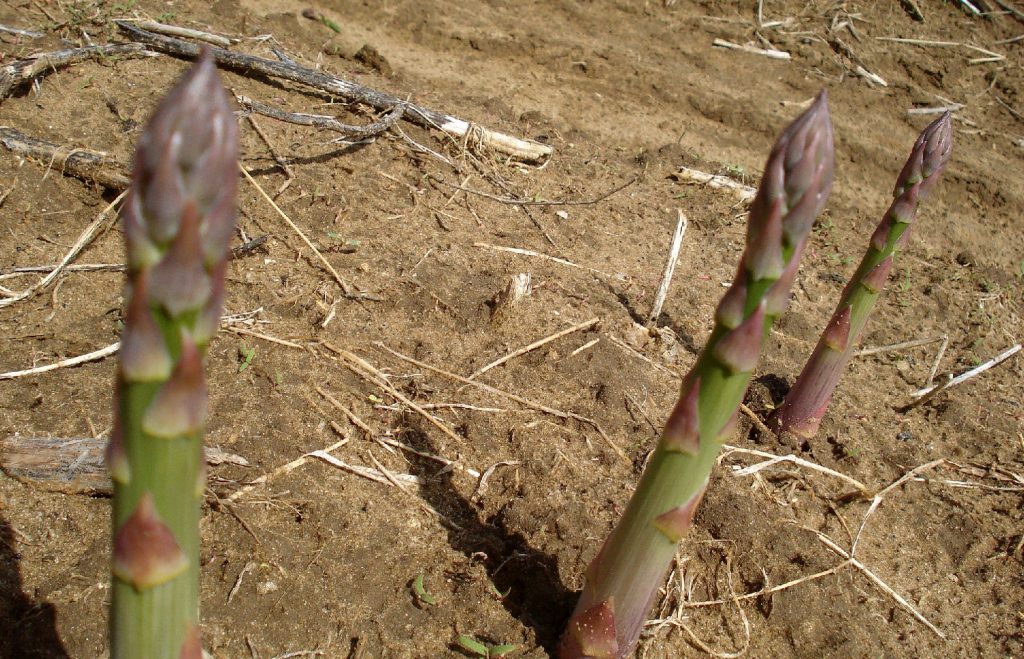
Squash
Squash plants are great for beginner gardeners because they’re easy to grow and they’re high-yield. The average squash plant produces after just 60 days. Unfortunately, squash plants attract beetles, worms, and caterpillars that bore holes into squash infesting them and allowing them to rot from the inside out.
Oregano grows very well with squash. While squash plants tend to spread out, oregano fills in very nicely around them, protecting the soil from moisture loss while also repelling the many insects that feed on squash plants.
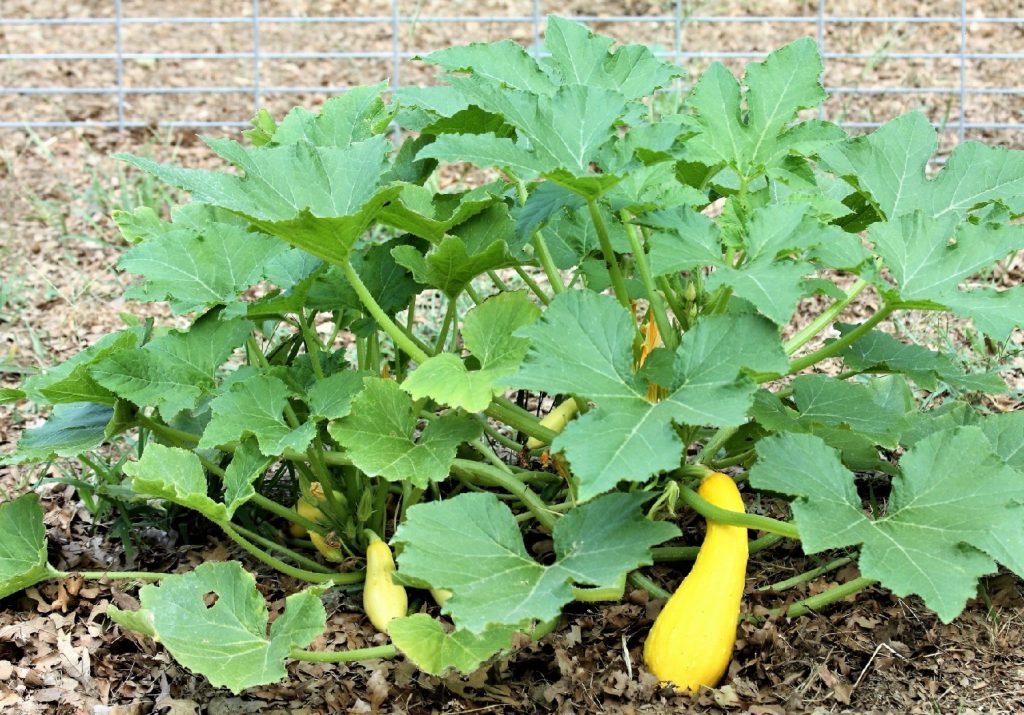
Cucumbers
Cucumbers, too, frequently become infested with insects, including caterpillars, pickle worms, and cucumber beetles. Oregano’s pungent odor tells these bugs to stay away, giving your cucumber plants a chance to produce.
Cucumber plants grow best up against a trellis, so they can climb. This casts dappled shade on the ground below. Oregano has no trouble growing beneath cucumber plants, and the cucumbers enjoy the nitrogen boost oregano provides.
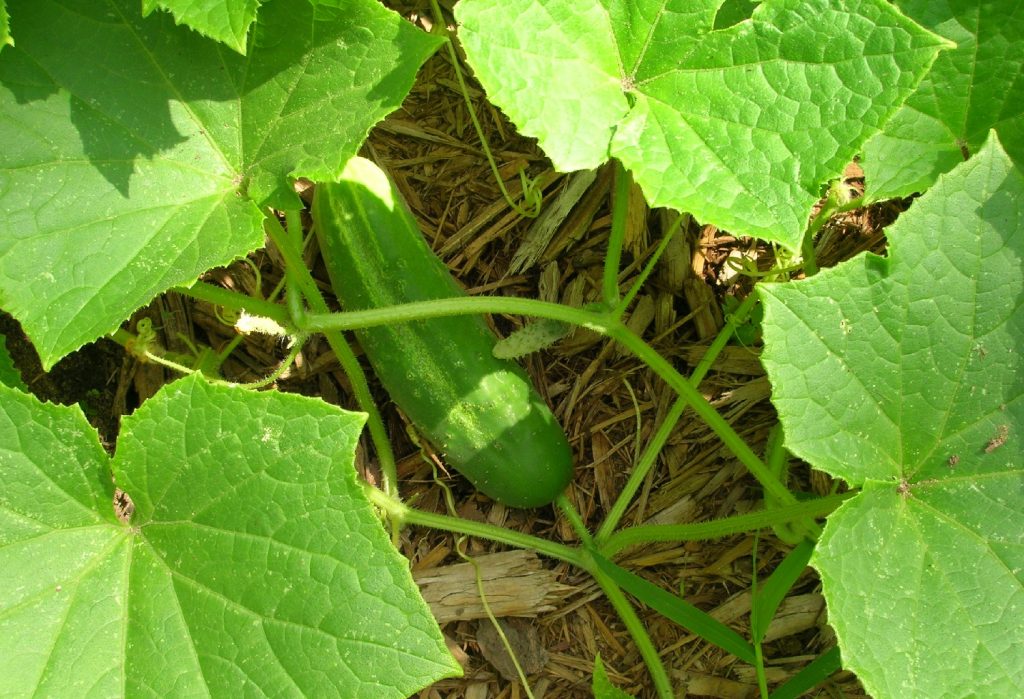
Thyme
If your garden needs more ground cover to keep moisture locked in, choose thyme as an oregano companion plant. Both of these plants grow quickly to fill in the gaps around your vegetable plants. And as they shed dead leaves over time, they help replenish nutrients in the soil.
As an herb, thyme is aromatic, so it, too, repels insects and wildlife. Growing thyme together with oregano in between rows of your vegetable garden is a fantastic way to keep bugs out. You can also include these two plants in flower beds to prevent insects from feasting on your ornamental plants.
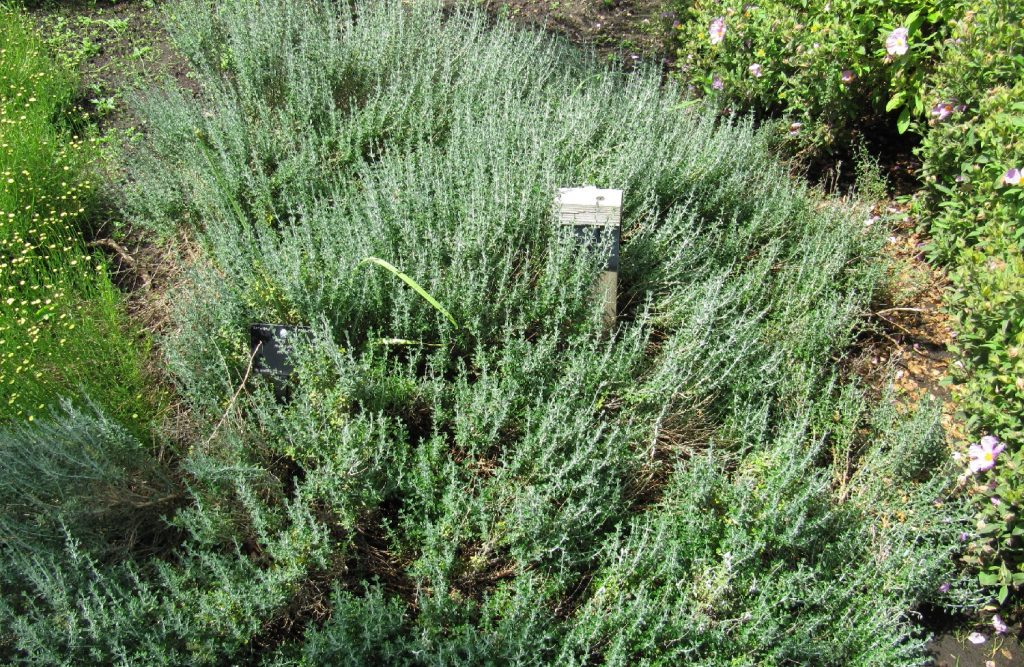
Melons
Watermelons, cantaloupes, and other melons have sprawling stems, broad leaves, and expansive root systems. Melons require a lot of water to produce. Now, you might think that this conflicts with oregano’s water requirements since oregano doesn’t require much water at all. But that’s not the case.
Oregano plants have shallow root systems. They take nutrients and water from the topmost layer of soil. So giving your garden a good, deep watering once a week will ensure the melon plants’ deep roots get enough moisture to survive, while the oregano plants’ dense coverage provides a natural mulch that prevents the deep moisture from drying up before the melons can absorb it.
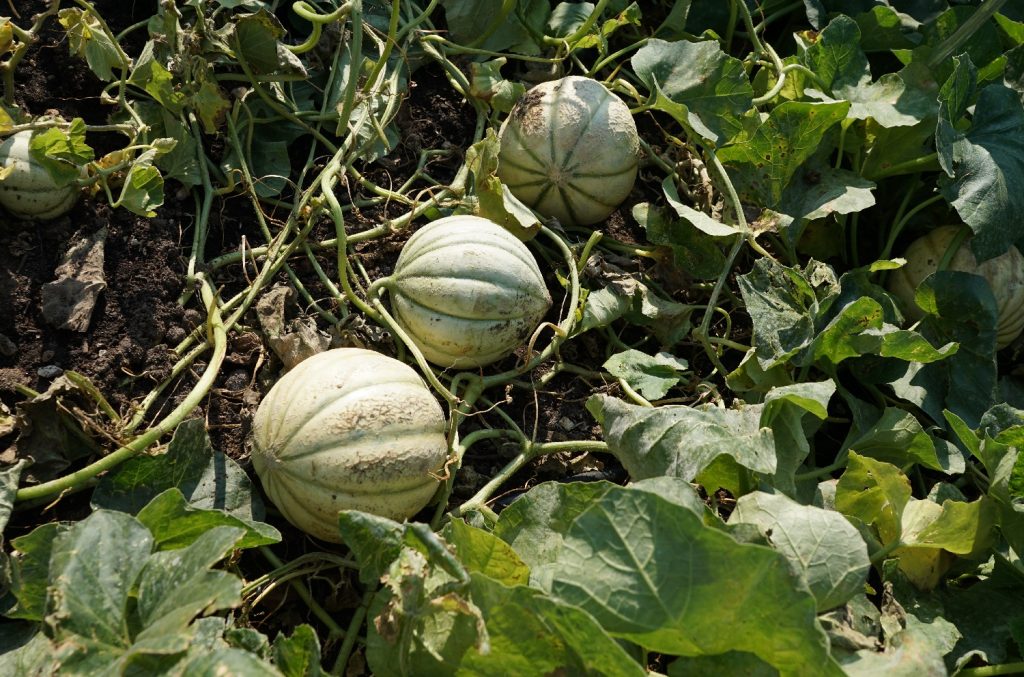
Tomatoes
Tomatoes are self-pollinating plants, so they’ll produce tomatoes regardless of whether or not bugs visit their flowers. However, many gardeners notice a dramatic increase in tomato production when their tomato plants are pollinated by insects.
Oregano blooms in summer, right around the time tomatoes planted in spring bloom. Oregano’s fragrant, nectar-rich flowers will attract hungry bees and hoverflies that will be all too happy to browse your tomato plants, too. Additionally, oregano attracts parasitic wasps that will eat caterpillars, worms, and other insects that feed on your tomatoes.
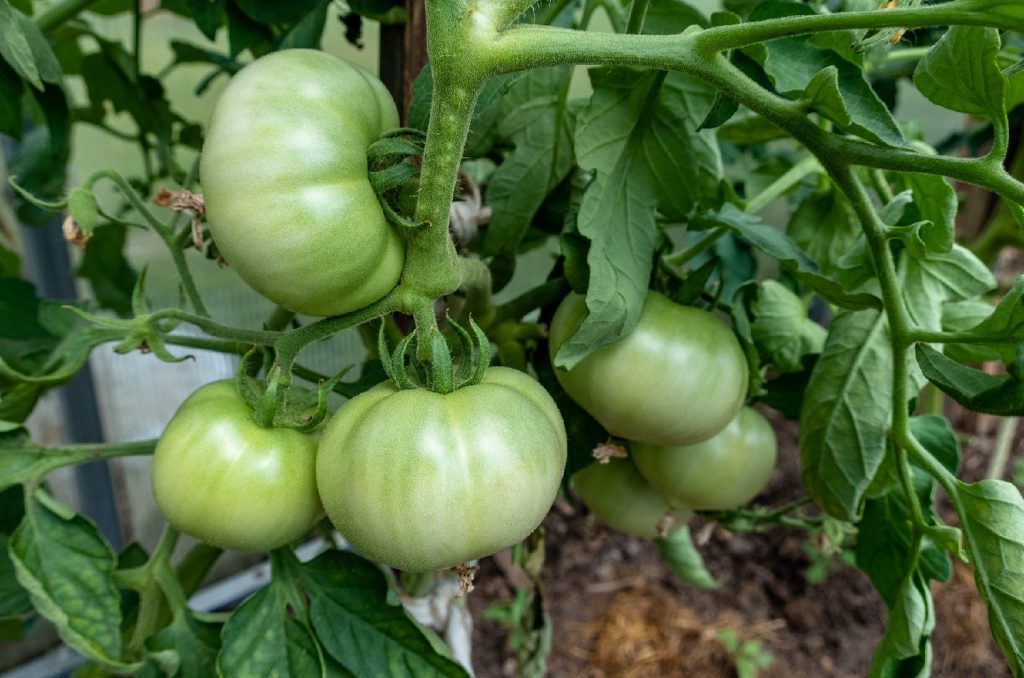
Grapes
If you have enough room for them, consider growing grapes as oregano companion plants. Grapes thrive in full sun and sandy soils, so they’re more than capable of tolerating oregano’s growing requirements. And, when grown on a trellis, grapes grow upwards, leaving plenty of room on the ground below for oregano to spread out.
Grape plants love nitrogen. This is why they’re often grown as companion plants to beans. But if you don’t have enough room for that many vining plants in your garden, oregano is a great nitrogen-boosting alternative.
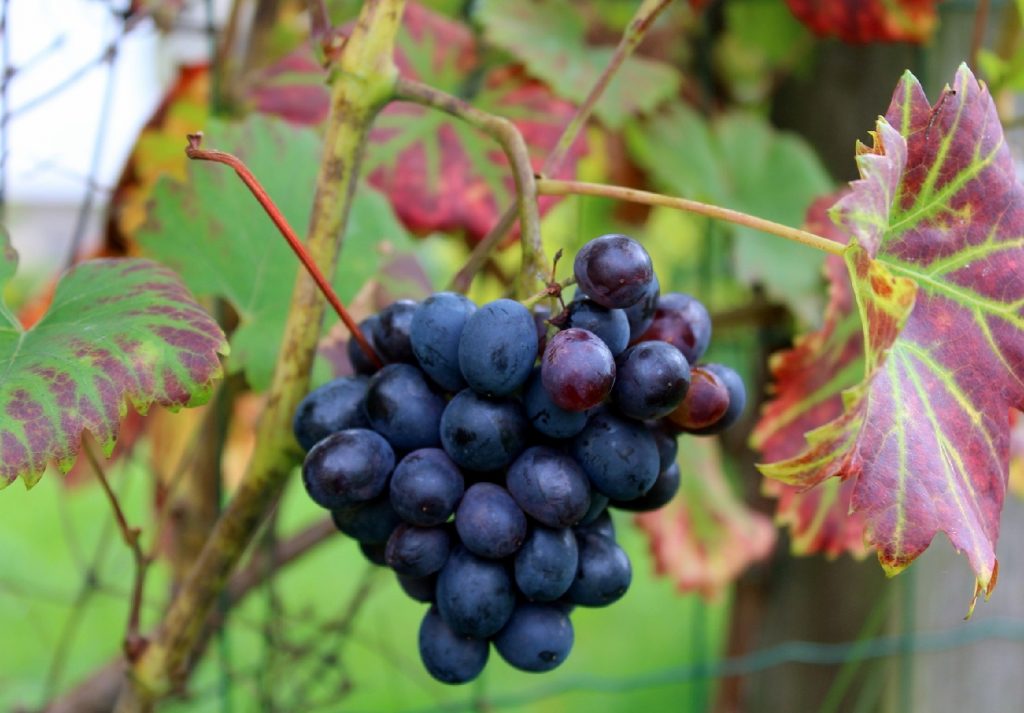
Peppers
Bell peppers, jalapenos, and many other peppers make wonderful oregano companion plants because they don’t require much water. You can water these plants once a week, and they’ll be good to go. Plus, pepper plants grow tall stalks. By plucking the few stray leaves that sprout around the base of their stems, you’ll be leaving plenty of room for your oregano to grow.
Peppers are fast-growing and high-yield, but they can fall prey to worms, beetles, caterpillars, and flies. Oregano is so strong smell it wards these pesky pests off before they can damage your peppers.
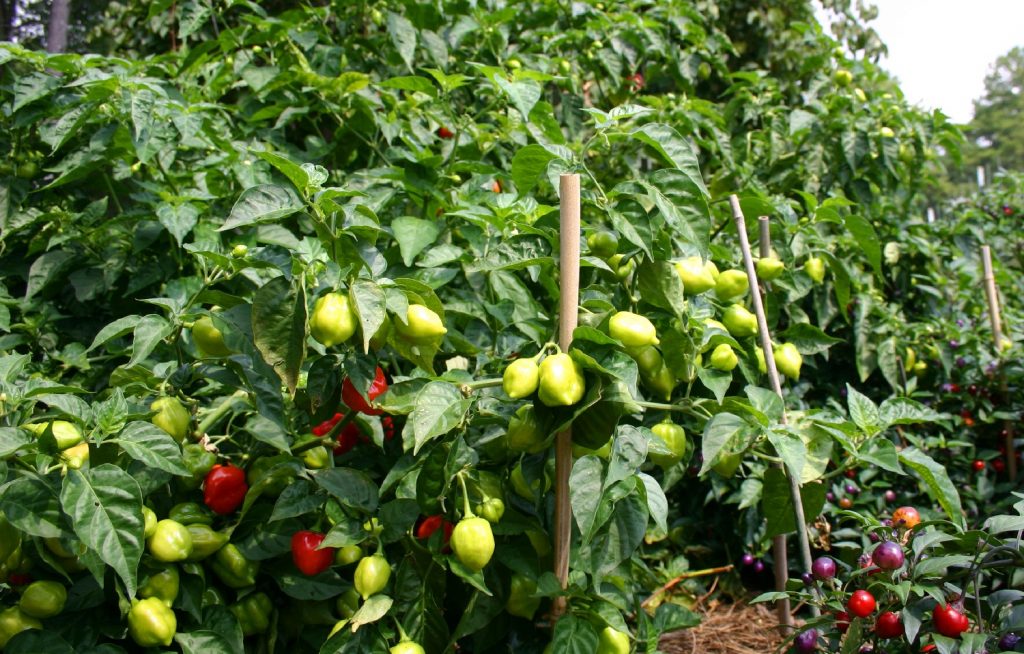
Lavender
Lavender is one of the best oregano companion plants because it has the same growing requirements. Like oregano, this plant needs well-draining soil and lots of sunshine to stay healthy. Keeping these two herbs together in your garden just makes sense.
Try growing lavender and oregano as a border to your vegetable garden or flower bed. These two herbs release a strong fragrance that keeps insects, rabbits, deer, and other wildlife out of your plants. And because both lavender and oregano bloom in late summer, they can help draw more pollinators to your backyard to visit your garden during the warmer months.
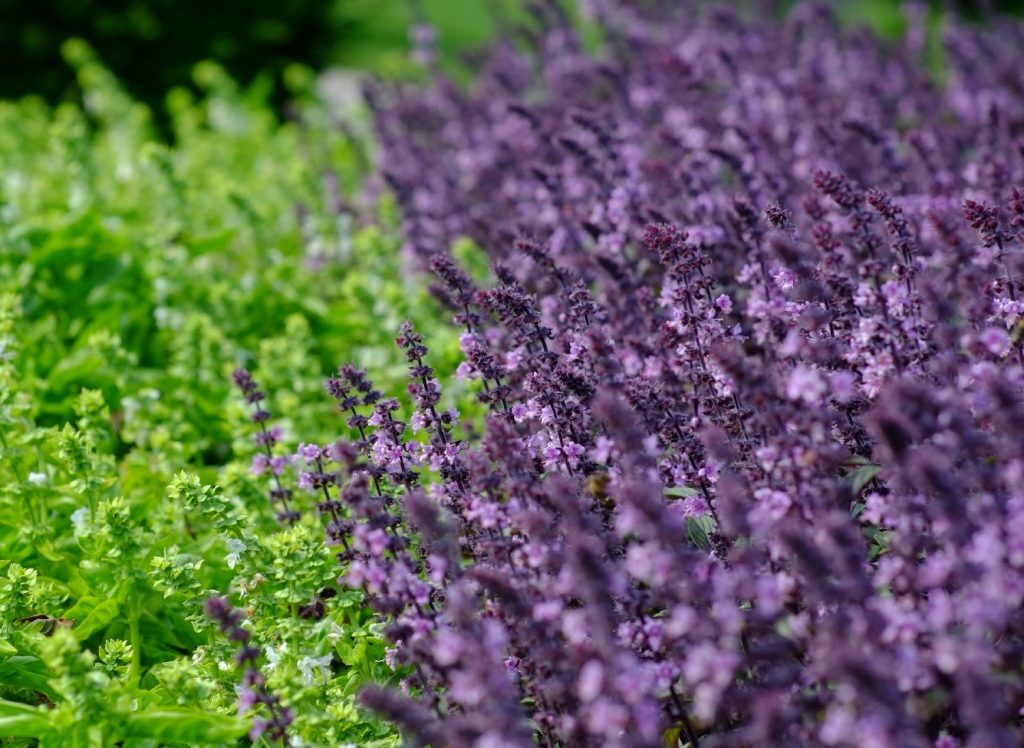
Which plants should you avoid growing with your oregano?
Oregano grows well with many plants, but it’s not a suitable companion to every plant. Growing several oregano companion plants can improve the health of your whole garden. But it’s just as important to avoid growing the following plants with your oregano.
Mint
Mint grows a lot like oregano. It takes over ground space rapidly, growing to a height of about 2 feet. And when it blooms during the summer, it attracts all sorts of beneficial pollinators, especially bees. But mint requires moist soil to grow, and it prefers shady conditions rather than full sun. For these reasons, you should not grow mint as oregano companion plants.
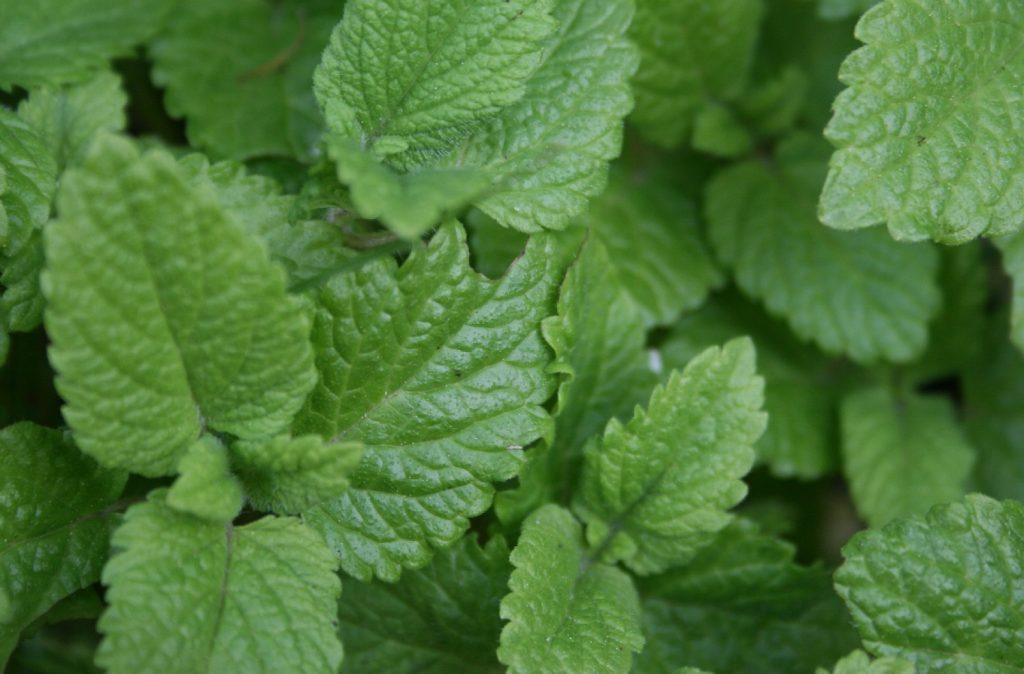
Chives
It can be tempting to grow a bunch of different strong-smelling plants to keep bugs away. But if you do decide to grow chives for this purpose, grow them away from your oregano plants. Chives and oregano have shallow roots that compete for the same nutrients.
Basil
If you grow your herbs in pots, then basil can be grown with oregano successfully. But basil requires more water than oregano, and grows better in moist soils. For best results, keep these two herbs on opposite sides of your garden.
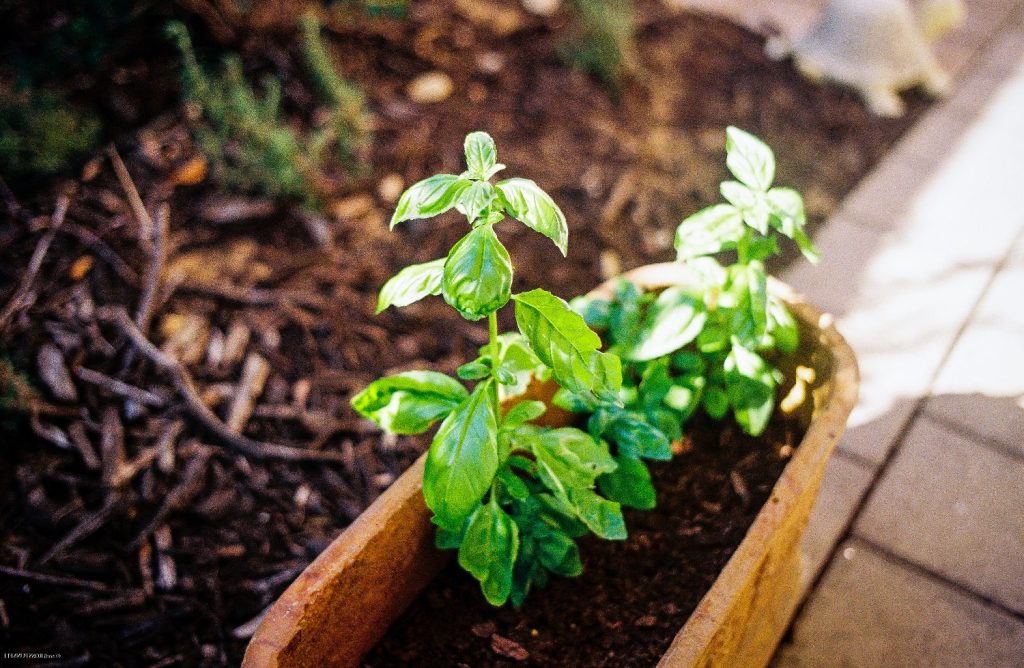
Are oregano companion plants worth the time?
Oregano doesn’t need to be planted near other plants to grow well. It does just fine on its own. However, its ability to repel insects and hungry foragers while simultaneously improving soil quality makes growing oregano companion plants well worth the initial extra labor.

Oregano is taking over our field, what should we do? I have read so many conflicting things. Is oregano an annual, so if we mow it and don’t let bloom will it die out? What can we do to out compete it? Mint is too something that can take over. After reading this article I am thinking about mowing in the spring and planting orchard grass and watering it a ton. What should I do?
Hi Katie! I’m not surprised to hear you’re having trouble getting rid of oregano — this perennial can be very invasive, as you well know! You can definitely plant mint to outcompete it. But, be forewarned, mint can be equally invasive. Planting mint may eliminate the oregano, but it would leave you with another problem on your hands. Your best bet is probably to plant orchard grass as you’ve planned, fertilize the field with a 10-10-10 fertilizer to help the grass outcompete the oregano, and mow the oregano down regularly to prevent it from flowering. You can also apply a systemic herbicide, like dicamba or mecoprop, which will kill the oregano without harming surrounding grass. It may take you a few seasons to get the problem under control, but with persistence, you can get rid of the oregano. Best of luck, and thank you for your questions!